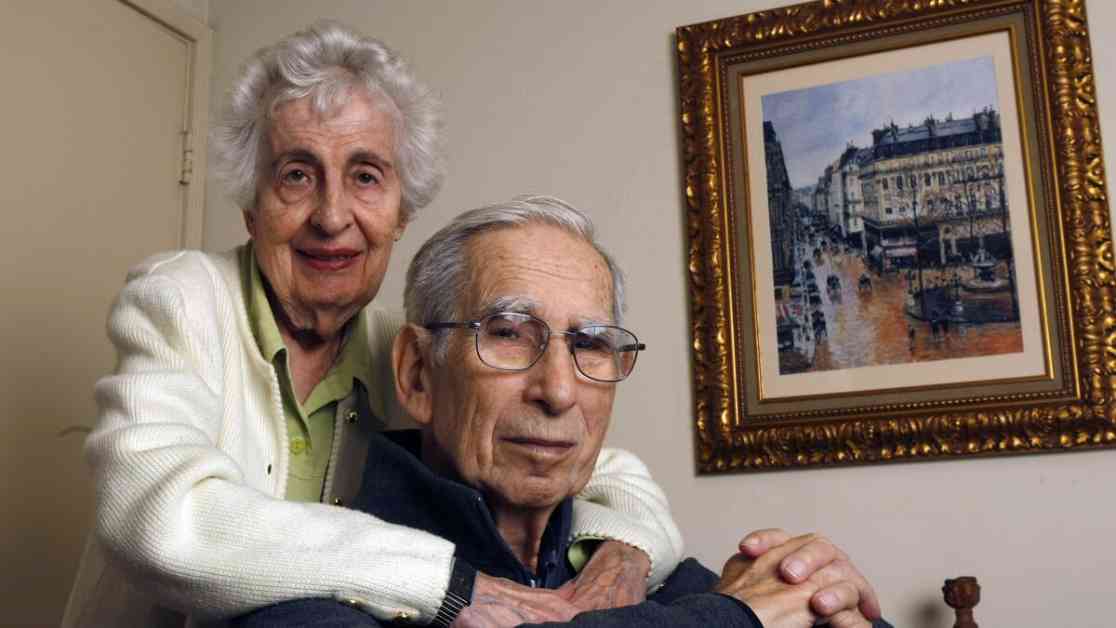California Law Revives Jewish Family’s Claim to Nazi-Looted Art, Defying 9th Circuit
California lawmakers have made a bold move by enacting a new state law aimed at reuniting a Jewish family with a valuable Impressionist painting that was looted by the Nazis during World War II. The law, signed into effect by Governor Gavin Newsom, challenges a ruling by the U.S. 9th Circuit Court of Appeals, which stated that the painting – “Rue Saint-Honoré in the Afternoon. Effect of Rain” by Camille Pissarro – belonged to a Spanish museum and did not need to be returned to the descendants of Lilly Cassirer Neubauer, who gave up the artwork to the Nazis in exchange for a visa to leave Germany in 1939.
The passage of Assembly Bill 2867 marks a significant milestone in the nearly two-decade-long legal battle for the Cassirer family, setting the stage for a renewed effort to reclaim the masterpiece, estimated to be worth tens of millions of dollars. The new law specifies that Nazi-looted artworks, along with other valuables stolen during acts of genocide or political persecution, must be returned to their rightful owners under California law.
Governor Newsom emphasized the importance of seeking justice for Holocaust survivors and their families who continue to endure the trauma of reclaiming their stolen possessions. He stated, “It is both a moral and legal imperative that these valuable and sentimental pieces be returned to their rightful owners, and I am proud to strengthen California’s laws to help secure justice for families.”
During a small gathering at the Holocaust Museum LA, attended by families of Holocaust survivors, Governor Newsom signed the bill into law. David Cassirer, the great-grandson of Lilly Cassirer Neubauer, expressed gratitude towards Newsom and the lawmakers behind the bill for standing up for the true owners of stolen art. He mentioned that his late father, Claude Cassirer, who initiated the legal battle for the painting’s return, would have been thrilled by California’s support.
The legislation addresses both the broader issue of looted artwork and the specific case of the Cassirer family, highlighting the need for clarity in handling claims related to stolen art under California law. The law not only aims to facilitate the return of looted art to its rightful owners but also serves as a precedent for future cases involving political persecution and cultural plundering.
Neubauer spent years searching for the painting after the war, unaware of its fate, before passing away without closure. Decades later, Claude Cassirer discovered that the Pissarro masterpiece, which his grandmother had bequeathed to him, was in the possession of the Museo Nacional Thyssen-Bornemisza in Madrid. When the museum refused to return the painting, Cassirer pursued legal action in U.S. federal court.
The 9th Circuit’s ruling in January, based on an outdated Spanish law, favored the museum’s ownership of the painting, contrary to modern international agreements calling for the return of Nazi-looted art to its original owners. The new California law challenges this interpretation, aiming to correct the outcome of the Cassirer case and prevent further delays in justice for the family.
Attorney Thaddeus Stauber, representing the Museo Nacional Thyssen-Bornemisza, refrained from immediate comment on the new law. However, the Cassirer family’s attorney, Sam Dubbin, expressed confidence in using the legislation to challenge the 9th Circuit’s decision, emphasizing its significance in ensuring truth, history, and justice prevail in cases of stolen art.
The prolonged legal battle over the Pissarro painting has not only brought attention to the Cassirer family’s plight but also shed light on the broader issue of looted art and the need for restitution to families affected by historical injustices. The passage of the new law in California signals a commitment to upholding justice for victims of genocide and political persecution, setting a precedent for future cases involving looted cultural artifacts.
Subheadings:
Championing Justice for Holocaust Survivors
A Family’s Fight for Restitution
California Law: A Turning Point in Art Repatriation
The efforts of lawmakers like Assemblyman Jesse Gabriel and Governor Newsom have been lauded by organizations such as the Holocaust Survivors Foundation USA, which commended California for standing against the perpetuation of crimes committed during the Holocaust. The passage of the new law represents a step towards rectifying historical injustices and ensuring that stolen art is rightfully returned to its original owners.
As the Cassirer family prepares to challenge the 9th Circuit’s ruling with the support of the new legislation, the case serves as a beacon of hope for other families seeking restitution for looted art. The impact of California’s law extends beyond the confines of a single legal dispute, offering a framework for addressing historical injustices and safeguarding the rights of victims of genocide and political persecution.
In conclusion, the enactment of Assembly Bill 2867 in California marks a significant victory for the Cassirer family and sets a precedent for the repatriation of looted art to rightful owners. By defying the ruling of the 9th Circuit Court of Appeals, California lawmakers have demonstrated a commitment to justice, truth, and morality in cases of stolen cultural artifacts. The new law not only strengthens the legal framework for addressing historical injustices but also upholds the rights of Holocaust survivors and their families to reclaim their lost heritage.



























